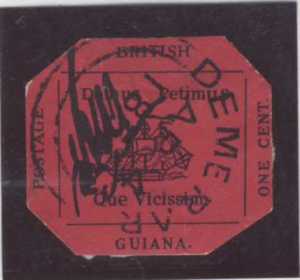A version of this post ran in the San Antonio Express News
You know what’s hard about producing art?
Getting paid.
I don’t usually turn to the art world for my lessons on business, but I’ve been thinking lately about San Antonio glass artist Justin Parr and what he’s been doing with the “Esferas Perdidas” project, a model for creating financial value for art.
For the Spanish-language-challenged among you, “Esferas Perdidas” means “lost spheres.” Parr and fellow glass artist Sean Johnston, along with their glass artist mentor Jake Zollie Harper, began in January 2014 posting pictures of their large glass marbles on Facebook, with a “Lost” announcement, and photographic clues as to where, in the San Antonio area, seekers could find the artistic treasure.
A hunt among glass marble enthusiasts follows, typically with a follow-up “Found” posting of the marble, often with the obligatory happy selfie-with-marble posting by the fortunate treasure-finder.
In the months since their launch, and in particular after a prominent photographic slideshow in the San Antonio Current, the community of marble keepers and marble seekers has grown quickly. Currently at about 5,300 Facebook members and counting, a constant stream of participants is losing their marbles over this game.
A little while ago I happened to be sitting with Parr, sharing a fermented beverage at his favorite watering hole The Filling Station in the minutes following a “Lost” posting on Facebook.
“Here they come,” he commented mildly, as a woman dismounted and leaned her bicycle against the outside of the building. She began closely inspecting the landscaping, checking under the picnic tables and lifting up used food trays.
Soon a pickup truck pulled into the driveway, and out jumped a bearded man, a friend of Parr’s.
“He’s here for the hunt as well.”
A few more arrived before the first woman announced her find.
“It was in the palm tree!”
Selfie snap, upload, “Found.”
“Nice work.”
The slow-motion mini flash mob dispersed over the next five to 10 minutes.
When another artist and hipper-than-thou friend of mine complained publicly about the “commercialization” of the “Esferas Perdidas” project, Parr responded with a commercially friendly post that I’d summarize as “Who cares?”
Parr’s marbles normally retail for between $25 and $300, but the “Esferas Perdidas” project has expanded the market for his and others’ work.
I see three possible business lessons for the art world from the “Esferas Perdidas” project:
1. Help build a community that values your art, but let the community make their own rules.
2. Create a back story for your art.
3. Give it away for free, and a paid market may develop.
Parr is thrilled that many glass artists — not just the project’s founders — can get paid more, and more often, for their work following the “Esferas Perdidas” project.

Parr watches prices online, noting that San Antonians often dominate the national marble auction market in the wake of the project. At the highest end of the marble market, collectors pay up to $3,500 for the work of master marble maker Yoshi Norikondo.
Community rules
Parr’s fascinated that the community of “Esferas Perdidas” fans has taken a simple idea that he and his fellow glass artists had and have developed a set of unwritten community rules and mores around hiding, finding, posting, and valuing his art. He’s flattered that “Esferas Perdidas” communities have sprouted in New Jersey and the Pacific Northwest.
Back story
Part of the value of certain art and collectibles of course has always derived from the back story. Philatelists salivate over the British Guiana 1c Magenta in part because of the back story of war reparations, elaborate auctions and burned copies.

Every time one of Parr’s or his fellow artists’ “esferas” goes “perdida,” seekers have an adventure that creates a particular story and memory for the item. I assume this ups their value permanently.
The first ones for free
In addition, the fact that some marbles can be obtained free, through the personal effort of the hunt, in no way has lessened the demand for the purchased kind. On the contrary.
Parr says that many participants in the community pay full price for newly created marbles for the intended purpose of hiding and giving them away to others.
I’m fascinated by the “give it away for free” model that they’ve employed.
I’m intrigued by the “catalyze the idea” but then let the community determine what happens next with your art, or with your product.
And I’ve got to be happy when artists move closer to getting paid full value for the art they love to produce.
Post read (1096) times.

